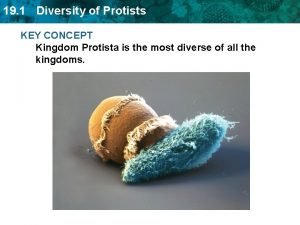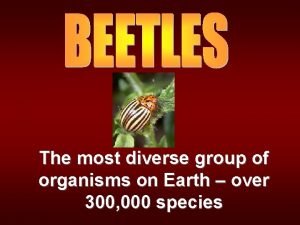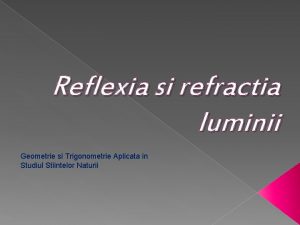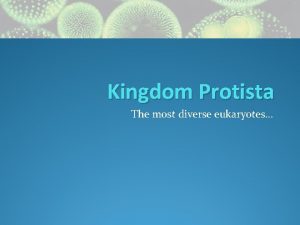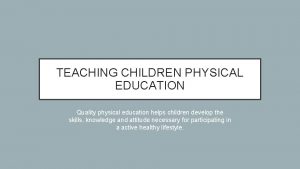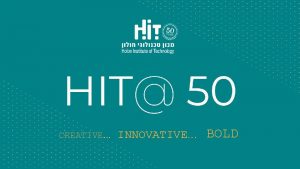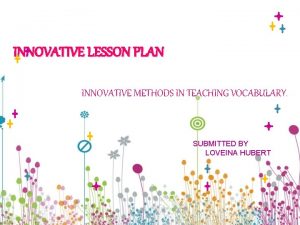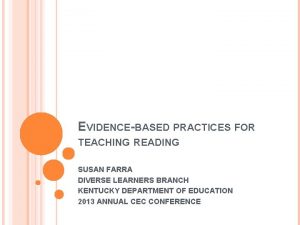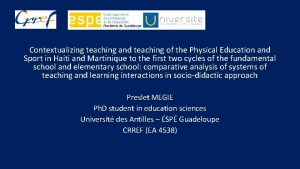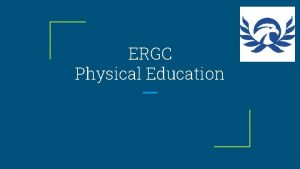Innovative Teaching Practices in Physical Education for Diverse








- Slides: 8

Innovative Teaching Practices in Physical Education for Diverse K-12 Schools AAHPERD National Convention, St. Louis, MO April 1, 2014

Speakers: Physical Education Diversity n n n n Kathy Davis, Winthrop University, SC Rhonda Clements, Manhattanville College, NY Ani Frank, De. Paul University, IL Martha James, Towson University, MD Floyd Jones, West Virginia University, WV Kevin Richards, Purdue University, IN John Strong, Niagara Community College, NY, Brian Culp, Indiana University Purdue University, IN

Why Learn About Diversity? Schools are “mirror image” of society n Gap between teachers’ backgrounds and students’ backgrounds n Teachers “sort” students n Poor treatment = lack of success You communicate your values/beliefs through what you say, what you do, how you do it!!! n

PETE Programs: Integration and Single Class Adapted Physical Education course n Diversity Enrichment course – specific to physical education teaching issues: n n race, gender, ethnicity, disability, poverty/homelessness, religion, sexual orientation, obesity, low skill ability, etc. Integration – methods courses, education core courses n Physical education teacher in schools wears many “hats” – social issues are inherent in physical activity n

Positive Effects of Diversity n n Leads to successful “Minds are like interactions with teachers, parachutes. family, friends, peers They only function when Student satisfaction with they are open. ” school Sir James Dewar Preparation to function in a pluralistic society Cognitive development and academic success 5

Accepting Differences Avoid judgments based on external characteristics. n Cultivate relationships with people of different cultures, races, perspectives, and ages. n Educate yourself and others. n Be sensitive to the needs of others. n Listen to perspectives that challenge yours. n Look for common ground. n Help other people no matter how different they are. n Explore your own background, beliefs, and identity. n

Awareness of Bias n Cultural “script” n n How we do things and say things Helps us to deal with others who have different “scripts” Most teachers are unaware of biases Activity: Culture Clips n n Teachers learning about their own cultures, backgrounds is first step in awareness Cultural concept map/collage

Major Points About Diversity n n n Greatest similarity – our common humanity n Greatest difference – how we are treated We ALL want the same things out of life People learn biases; they can be “unlearned” Greatest differences – within groups, not between groups Teachers – intervene in situations involving diversity
